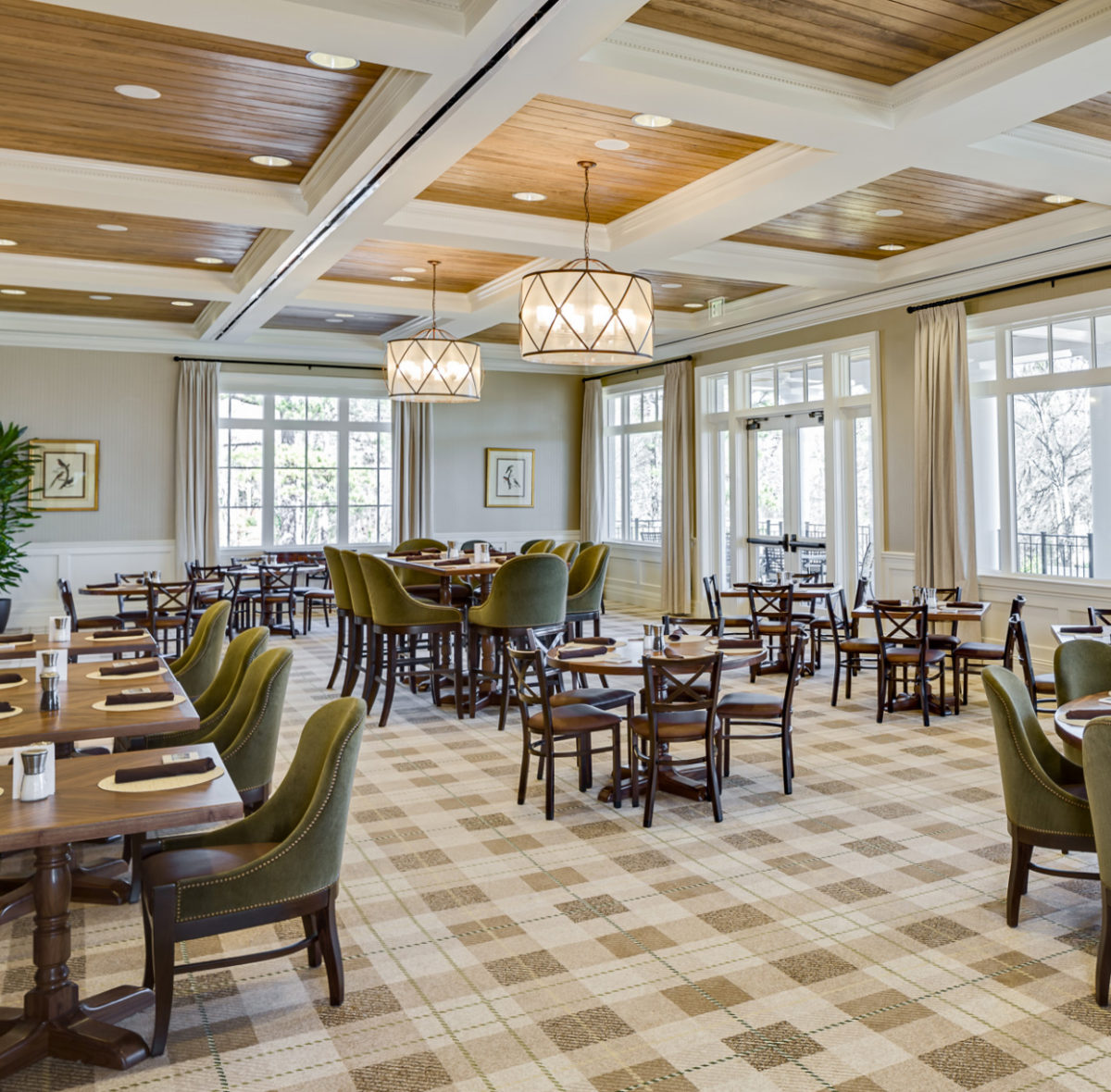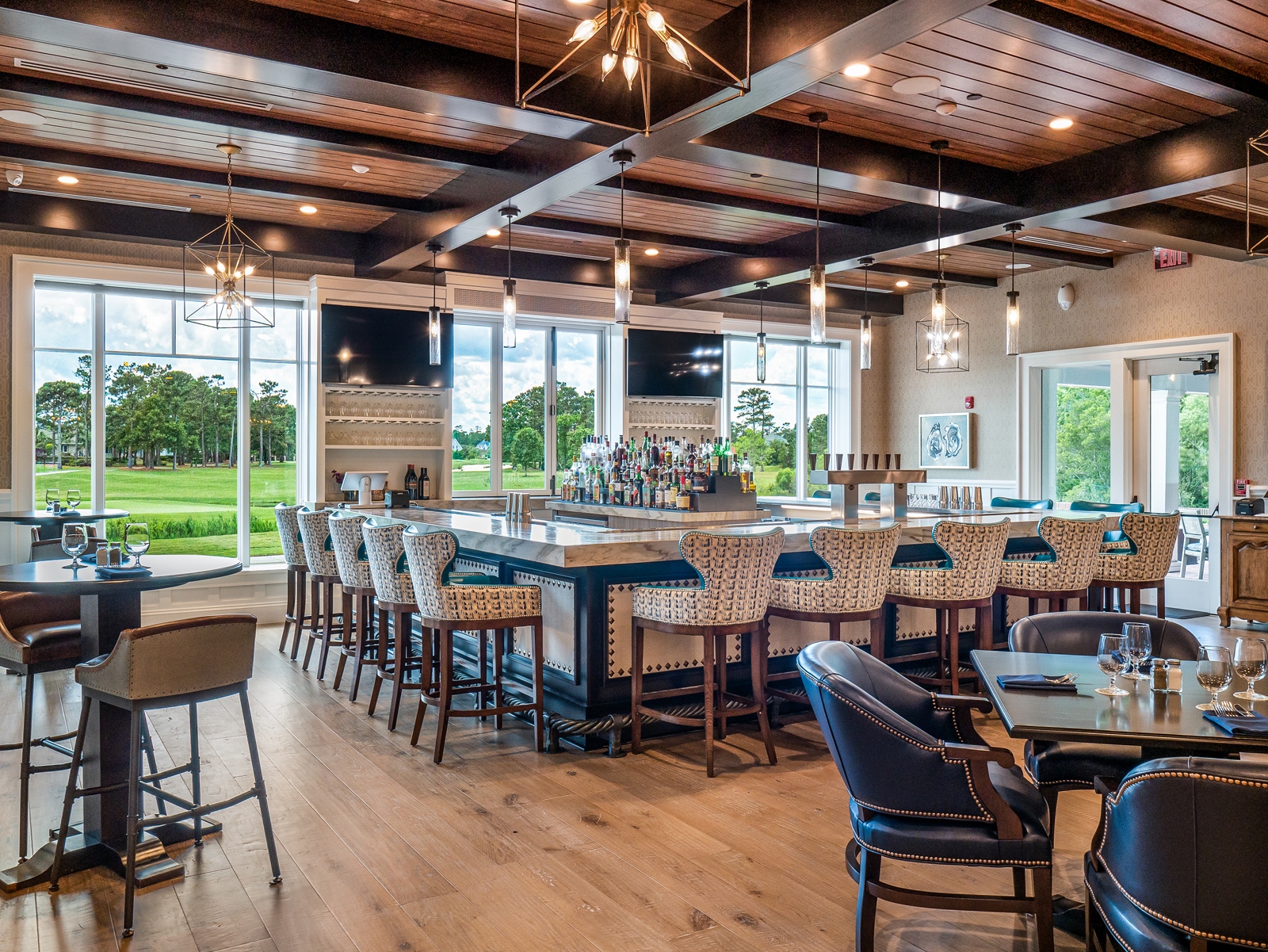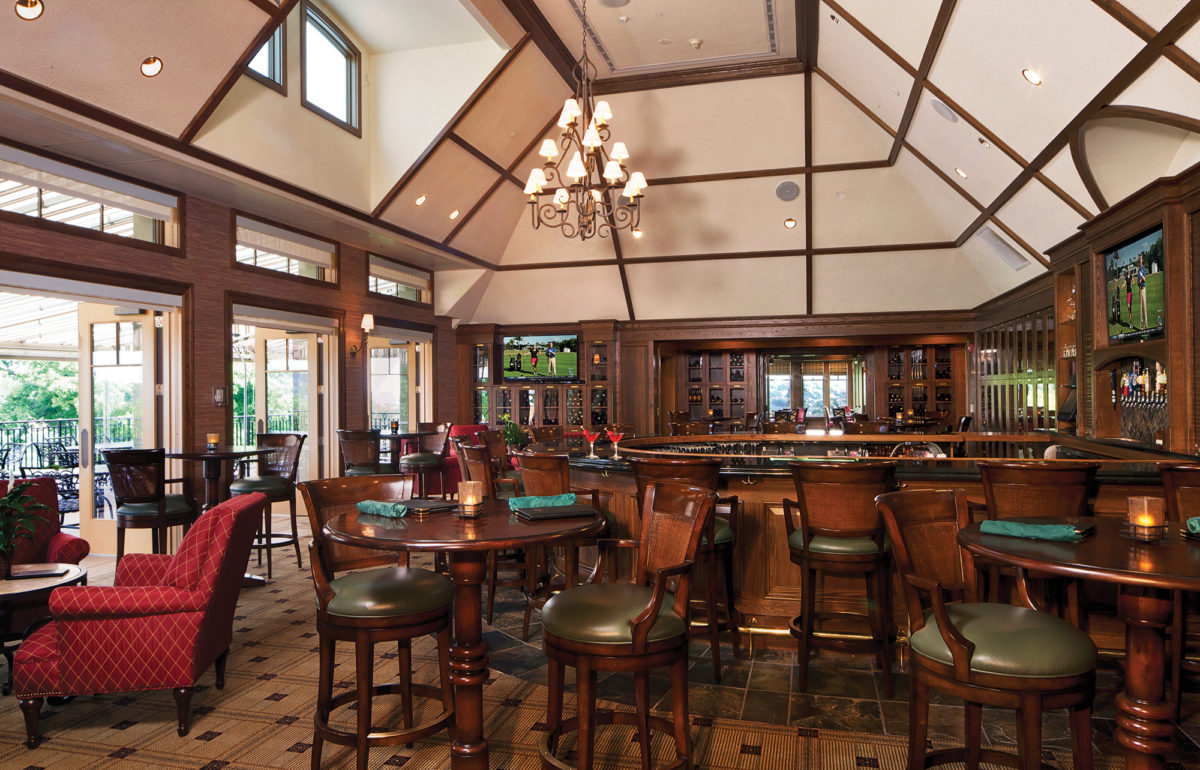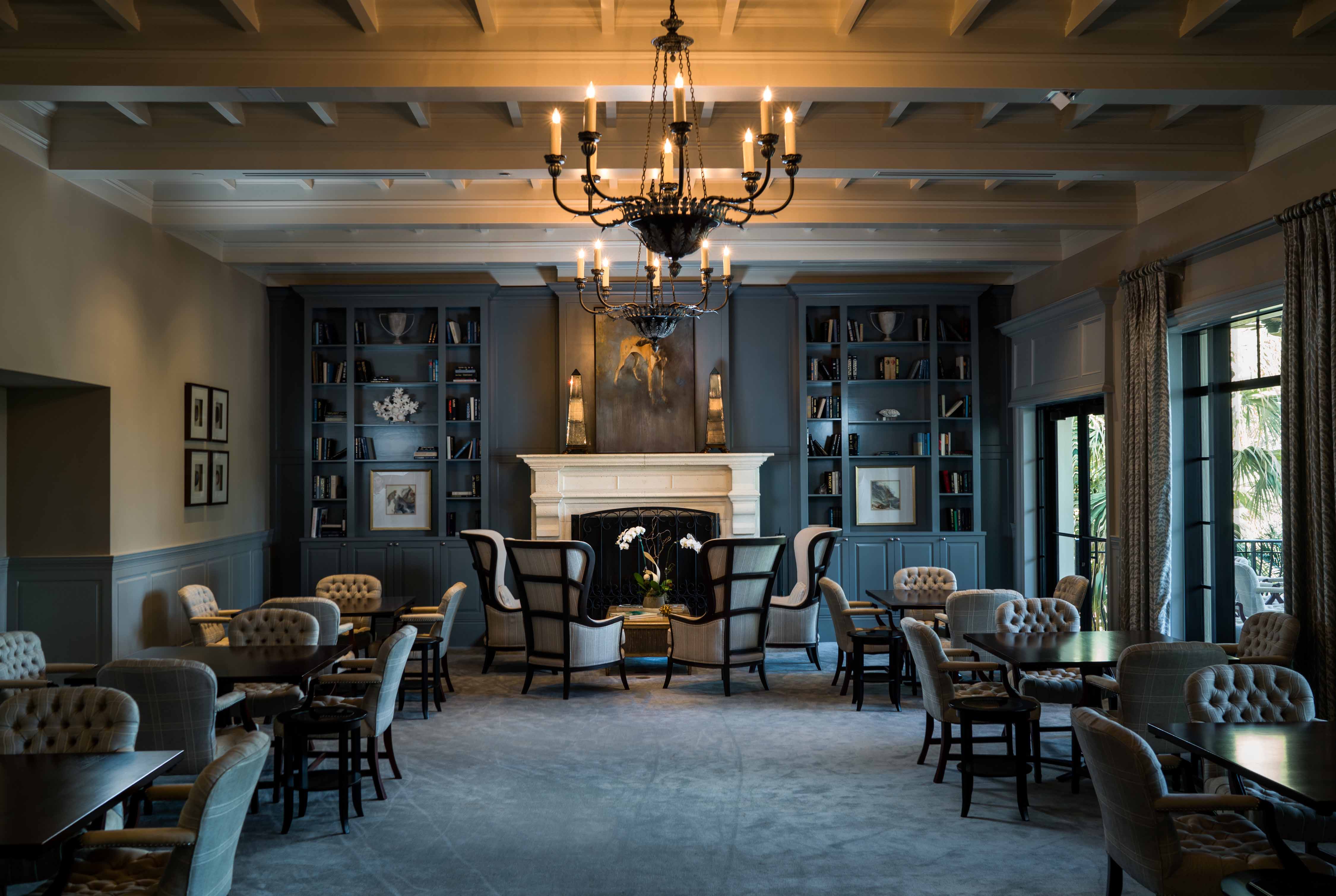When you think about country clubs, what comes to your mind? Perhaps the lush greens of the golf course, the social gatherings, or the luxurious atmosphere. But what truly elevates the experience is the interior design that encapsulates elegance and warmth. Having spent years in the interior design realm, I’ve had the pleasure of working on numerous country club projects, and I’m excited to share insights into creating stunning country club interiors.
Understanding Country Club Interior Design
Country club interior design is not just about aesthetics; it’s about creating an environment that embodies comfort, luxury, and functionality. It serves as the backdrop for social interactions, memorable events, and leisure activities. A well-designed space can significantly enhance the experience of every member.
The Purpose of Interior Design in Country Clubs
The purpose of interior design in country clubs extends beyond beauty. Here’s a breakdown of its core purposes:
- Creating a Welcoming Atmosphere: Members should feel at home.
- Functionality: Spaces need to cater to various activities.
- Expressing Brand Identity: Design reflects the club’s values and vision.
- Enhancing Member Satisfaction: A well-designed space improves the overall experience.
Key Elements of Country Club Interior Design
1. Color Palette
Choosing the right color palette is crucial in setting the mood. Earthy tones coupled with elegant pastels can create a relaxed yet sophisticated vibe.
2. Furniture Selection
Comfortable and stylish furniture is essential. Opt for high-quality materials that can withstand wear and tear while still looking chic.
Comparison Table: Furniture Materials
| Material | Durability | Aesthetic Appeal | Cost |
|---|---|---|---|
| Leather | High | Luxurious | High |
| Fabric | Medium | Varied | Medium |
| Wood | High | Classic | Medium to High |
| Metal | High | Modern | Medium |
3. Lighting
Lighting can dramatically affect the ambience. Layered lighting—ambient, task, and accent—creates a warm, inviting atmosphere.

4. Layout and Flow
Effective space planning allows for seamless navigation between areas, promoting interaction among members. Open layouts are often preferred for social spaces.
5. Decorative Elements
Art pieces, plants, and other decorative touches add character and warmth to the space. Consider local artists for unique pieces that resonate with the community.

Incorporating Functionality and Aesthetics
While aesthetics are crucial, functionality should never take a back seat. Here are some personal experiences from my projects:
Multi-Functional Spaces
In one of my recent projects, we designed a lounge area that doubled as a meeting space. By using partitioning techniques and versatile furniture, we were able to offer ample space for relaxation and business, enhancing the club’s functionality.

Outdoor-Indoor Integration
Many country clubs have beautiful outdoor spaces. We integrated large windows and sliding doors to bring the outdoors inside, giving members a breathtaking view while enjoying indoor amenities.
Popular Trends in Country Club Interior Design

Sustainable Design
Eco-friendly design is no longer just a trend; it’s a necessity. Utilizing sustainable materials and energy-efficient lighting not only helps the environment but can also reduce costs.
Smart Technology
Technology is making its way into interior design. Smart lighting, automated systems, and integrated audio-visual setups are becoming standard in many modern country clubs.
Minimalist Aesthetic
Less is more! A minimalist approach creates a clean and serene atmosphere, promoting relaxation and clarity.

Designing Specific Areas within the Country Club
The Lobby
The lobby is the first impression a guest receives. It should be inviting and reflect the club’s brand. Consider using high-end finishes, a stunning focal piece, and comfortable seating.

The Dining Area
Quality dining experiences should be prioritized. Flexible seating arrangements that accommodate both small and large groups can enhance the dining experience.
Event Spaces
Event spaces need to be adaptable. Movable partitions can help in transforming the area based on the scale and nature of the event.

Golf Pro Shop
Designing a golf pro shop requires a mix of functionality and display aesthetics. Ensuring products are displayed elegantly while maintaining easy access is key.
Pros and Cons of Hiring an Interior Designer for Country Clubs
Pros
- Expertise in creating functional spaces.
- Access to exclusive resources and vendors.
- Ability to manage the project efficiently, saving time and reducing stress.
Cons
- Cost implications may be higher than DIY.
- Some might feel less control over the design process.
FAQs About Country Club Interior Design
What styles are typical in country club interiors?
Country club interiors often feature classical, contemporary, and rustic styles, each focusing on elegance and comfort.
How can I make my country club interior feel more inviting?
Incorporating warm colors, comfortable furniture, and personalized décor can significantly enhance the inviting feel of your space.
Are there specific design elements to avoid in country clubs?
Overly trendy items that may become outdated quickly, overly bold colors, and cluttered spaces should be avoided for a timeless look.
How important is lighting in the design of a country club?
Lighting plays a crucial role in setting the mood and ambiance. It can highlight architectural details and create a welcoming environment.
Conclusion
Designing a country club’s interior is a rewarding endeavor that combines art, functionality, and an understanding of member needs. By focusing on the key elements—color, furniture, lighting, and layout—you can create spaces that not only look stunning but also enhance the overall experience for members. Remember, the goal is to create an environment that feels luxurious yet welcoming, allowing everyone to feel at home. Embrace the journey, and let your creativity shine!